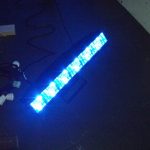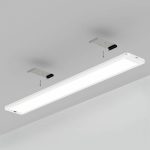LED Light Therapy for Acne: The Benefits and How It Works
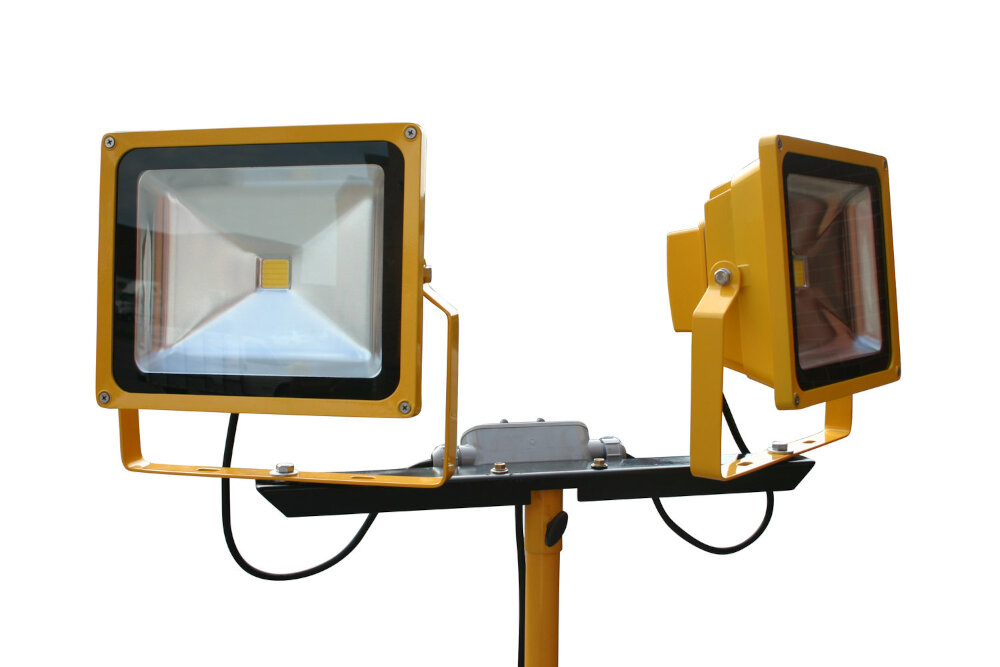
LED light therapy is a non-invasive treatment that has been gaining popularity in recent years for its ability to effectively treat acne. This therapy involves exposing the skin to specific wavelengths of light, which can help to reduce inflammation, kill bacteria, and promote healing. LED light therapy for acne is a safe and effective treatment option that can be used in conjunction with other treatments, such as topical creams or oral medications, to achieve optimal results. One of the main benefits of LED light therapy for acne is that it is a gentle and non-invasive treatment option that does not cause any damage to the skin. Unlike other treatments, such as chemical peels or laser therapy, LED light therapy does not require any downtime, and patients can return to their daily activities immediately after treatment. Additionally, LED light therapy is a painless treatment that does not require any anesthesia or numbing agents, making it a comfortable experience for patients of all ages. This therapy is suitable for all skin types and can be used to treat a variety of acne types, including mild to moderate acne, cystic acne, and hormonal acne.
LED Light Therapy is a non-invasive treatment that involves using light-emitting diodes (LEDs) to target specific skin concerns, such as acne. The treatment uses different wavelengths of light to penetrate the skin at varying depths, triggering cellular changes and promoting healing. Blue light, for example, is commonly used to treat acne as it has antibacterial properties that can help kill the bacteria that cause breakouts. Red light, on the other hand, is often used for anti-aging purposes as it stimulates collagen production and improves skin texture. LED Light Therapy is a safe and painless treatment that can be done in a clinical setting or at home with a handheld device. It is a popular treatment option for those looking for a non-invasive approach to improving their skin’s appearance.
Acne is a common skin condition that occurs when hair follicles become clogged with oil and dead skin cells. The resulting inflammation leads to the appearance of pimples, blackheads, and whiteheads on the face, neck, chest, and back. While acne is most commonly associated with puberty, it can affect people of all ages. Hormonal changes, genetics, and certain medications can all contribute to the development of acne. Additionally, factors such as stress, diet, and skincare habits can exacerbate the condition. Understanding the underlying causes of acne is important in developing effective treatment strategies.
How LED Light Therapy Works
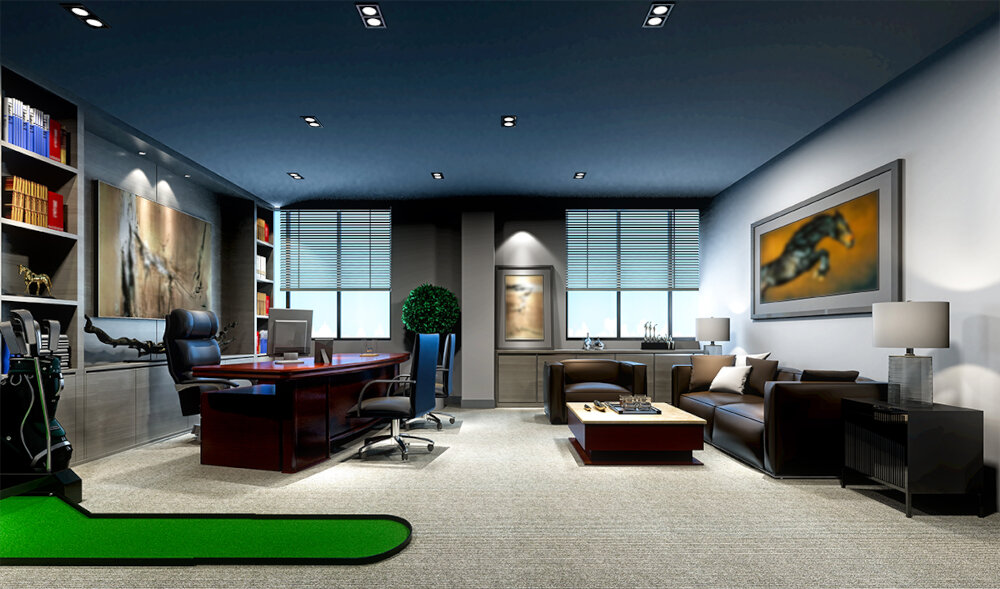
LED light therapy is a non-invasive and painless treatment that has gained popularity in recent years, especially for its effectiveness in treating acne. This therapy involves the use of specific wavelengths of light to target the affected areas of the skin. The light penetrates deep into the skin and stimulates the production of collagen, which helps to repair damaged skin cells and promote healing. The therapy also reduces inflammation, kills acne-causing bacteria and regulates oil production in the skin. LED light therapy is safe for all skin types and can be used as a standalone treatment or in combination with other acne treatments for optimal results. The therapy works by using different colors of light to target specific skin concerns. Blue light is commonly used to treat acne as it has antibacterial properties that kill the bacteria responsible for causing acne. Red light, on the other hand, promotes collagen production, reduces inflammation and improves skin texture. Yellow light helps to reduce redness and swelling, while green light targets hyperpigmentation and evens out skin tone. LED light therapy is a gentle and effective treatment that can be used to improve the overall health and appearance of the skin, making it a popular choice for those looking for a non-invasive acne treatment option.
LED light therapy for acne treatment involves the use of different colors of LED lights, each with its unique benefits. Red LED light is used to reduce inflammation, redness, and scarring caused by acne. It stimulates collagen production, which helps to restore damaged skin tissue. Blue LED light has antibacterial properties and is used to kill the bacteria that cause acne. It also reduces oil production, which is a common cause of acne. Green LED light reduces hyperpigmentation and helps to even out skin tone. It also has a calming effect on the skin, reducing stress and anxiety. Yellow LED light improves blood circulation and lymphatic flow, which helps to detoxify the skin and improve its overall health. By using these different colors of LED lights, LED light therapy can effectively treat acne by addressing its various underlying causes.
LED light therapy is a non-invasive treatment that has proven to be effective in treating acne. This therapy uses different wavelengths of light to penetrate the skin and target specific skin concerns. In the case of acne, blue light is used to kill the bacteria that cause breakouts, while red light is used to reduce inflammation and promote healing. When blue light is absorbed by the skin, it creates a chemical reaction that kills the bacteria that cause acne. On the other hand, red light stimulates the production of collagen and elastin, which are essential for healthy skin. Additionally, LED light therapy is safe and painless, making it an ideal treatment option for those with sensitive skin. Overall, LED light therapy is a powerful tool in the fight against acne, providing a safe and effective way to reduce inflammation and kill bacteria in the skin.
LED light therapy has been found to significantly improve the texture and appearance of the skin. This is due to the fact that the therapy stimulates the production of collagen and elastin, which are essential proteins that help to keep the skin firm and smooth. Collagen is responsible for providing the skin with its structure and support, while elastin helps to give it its elasticity. By increasing the production of these proteins, LED light therapy helps to reduce the appearance of fine lines and wrinkles, as well as improve the overall texture and tone of the skin. Additionally, the therapy helps to reduce inflammation and redness, which can be particularly beneficial for individuals suffering from acne. Overall, LED light therapy is a safe and effective treatment that can help to improve the health and appearance of the skin.
Benefits of LED Light Therapy for Acne
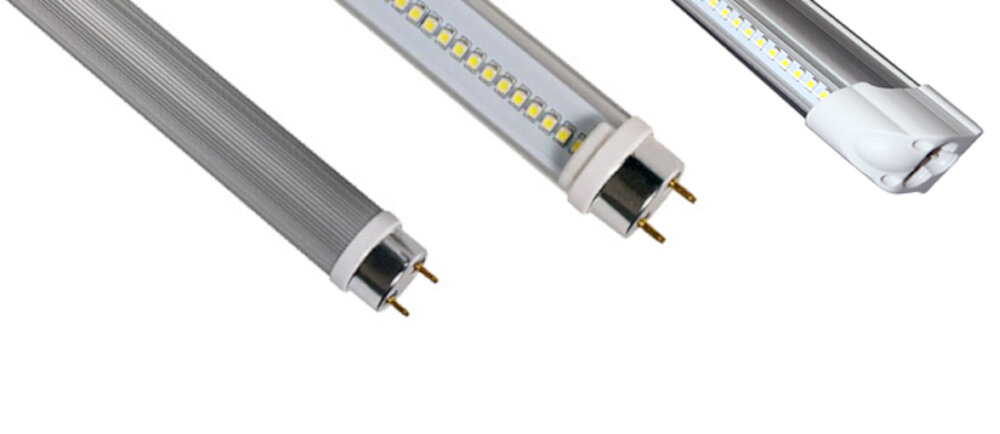
LED light therapy is a non-invasive and effective treatment for acne. It uses a specific wavelength of light to target the bacteria that cause acne and reduce inflammation. Unlike other treatments, LED light therapy does not involve the use of harsh chemicals or drugs that can cause side effects. Instead, it harnesses the power of light to naturally heal the skin. It is a safe and gentle treatment that can be used on all skin types, including sensitive skin. One of the main benefits of LED light therapy for acne is that it is a quick and painless treatment. Sessions typically last between 10-30 minutes and do not require any downtime. This makes it a convenient option for those with busy schedules or who do not want to disrupt their daily routine. Additionally, LED light therapy is a long-term solution for acne. It not only treats existing acne but also prevents future breakouts by killing the bacteria that cause acne. With regular use, LED light therapy can significantly improve the overall appearance and health of the skin.
LED light therapy is a noninvasive and painless treatment that has been gaining popularity in recent years. This therapy uses different wavelengths of light to target specific skin concerns, including acne. Unlike other acne treatments that can be harsh and cause discomfort, LED light therapy is gentle and relaxing. The treatment works by penetrating the skin and stimulating the production of collagen, which helps to reduce inflammation and improve the appearance of acne. Additionally, LED light therapy has no downtime, which means that patients can return to their normal activities immediately after the treatment. Overall, LED light therapy is an effective and safe option for those looking to improve their acne without the pain and discomfort associated with other treatments.
One of the major benefits of LED light therapy for acne treatment is that it requires no downtime. Unlike other invasive and painful treatments, LED light therapy is a non-invasive and painless procedure that can be done in a matter of minutes. This means that patients can return to their daily routine right after the treatment without any discomfort or inconvenience. Additionally, LED light therapy does not cause any skin irritation or redness, making it an ideal option for individuals with sensitive skin. With its quick and painless nature, LED light therapy for acne is quickly gaining popularity as an effective and convenient way to treat acne.
One of the most significant advantages of LED light therapy for acne is that it is safe for all skin types. Unlike other treatments that can irritate or damage sensitive skin, LED light therapy uses a gentle, non-invasive approach that does not cause discomfort or harm to the skin. This is because the light energy emitted by the LED device does not produce heat, making it a safe and effective treatment option for individuals with all skin types, including those with sensitive skin. Additionally, LED light therapy does not require any downtime, so patients can resume their normal activities immediately after treatment. Overall, the safety and effectiveness of LED light therapy make it an excellent option for individuals looking to improve their acne without harsh or invasive treatments.
LED light therapy has been found to be an effective treatment for acne, and one of its greatest benefits is that it can be used in combination with other acne treatments. This means that individuals who are already using traditional acne treatments such as topical creams or oral medications can benefit from adding LED light therapy to their regimen. LED light therapy can help to reduce inflammation and kill the bacteria that cause acne, while other treatments work to unclog pores and reduce oil production. The combination of treatments can lead to faster and more effective results in clearing up acne. Additionally, LED light therapy is a non-invasive and gentle treatment option, making it a great choice for those with sensitive skin or who may not be able to tolerate other acne treatments.
Long-term effectiveness is one of the most crucial aspects of any medical treatment. When it comes to LED light therapy for acne, the long-term benefits are impressive. This therapy has been proven to be highly effective in reducing acne breakouts, and the results can last for a prolonged period. LED light therapy targets the root cause of acne by killing the bacteria that cause inflammation, reducing sebum production, and promoting healing. It also helps to reduce scarring, which is a common problem for people with acne. With regular use, LED light therapy can keep acne at bay, giving you clear and healthy-looking skin. It is a safe, non-invasive, and affordable solution that is suitable for people of all ages and skin types.
Preparing for LED Light Therapy
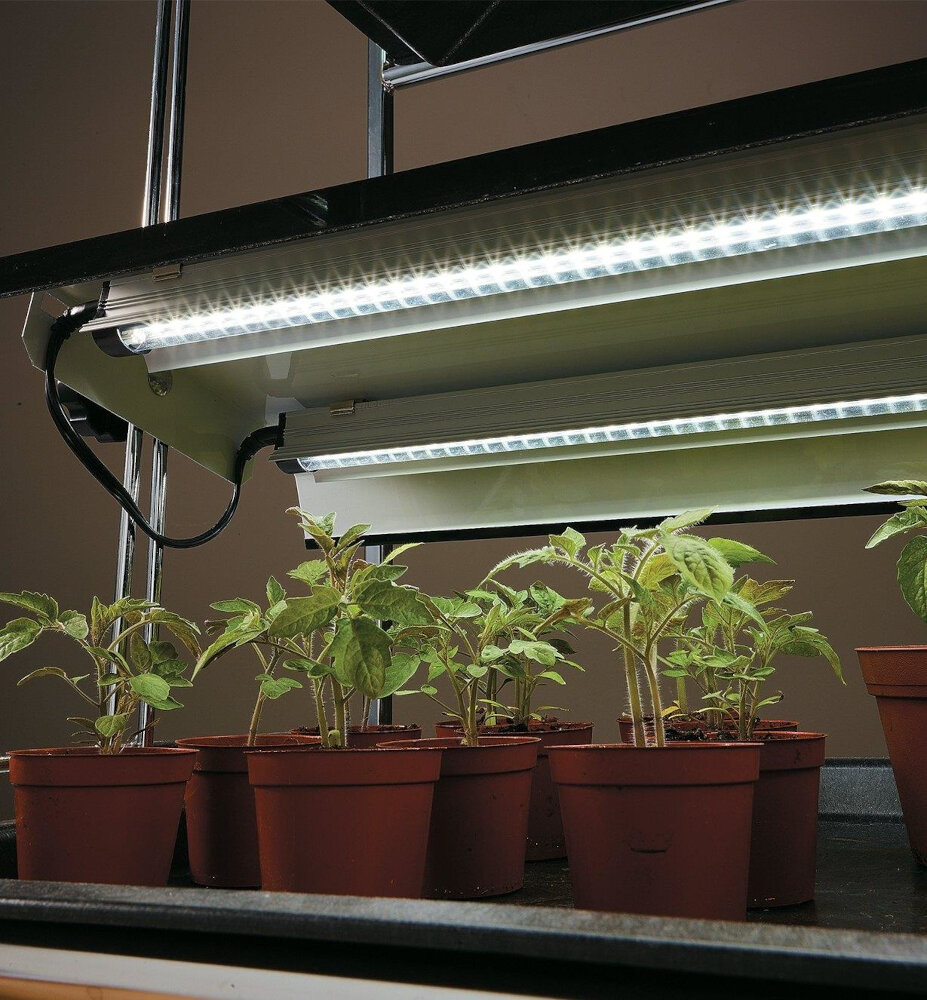
Preparing for LED light therapy is an essential part of the treatment process. Before starting the therapy, it is essential to consult with a dermatologist to determine if LED light therapy is the right treatment for you. During the consultation, your dermatologist will examine your skin, determine the type and severity of acne, and recommend the best course of treatment. This consultation will also help the dermatologist determine the appropriate wavelength and intensity of light needed for your treatment. Once you have consulted with a dermatologist and determined that LED light therapy is the right treatment for you, it is essential to prepare for the therapy session. The first step in preparing for LED light therapy is to cleanse your skin thoroughly. This will remove any makeup, dirt, or oil that may interfere with the treatment. You should also avoid using any exfoliating products, as these can irritate the skin and affect the efficacy of the therapy. It is also important to protect your eyes during the therapy session, as the light can be damaging to the eyes. Therefore, you will need to wear protective goggles during the treatment session. Finally, you should avoid using any photosensitizing medications or products, as these can make your skin more sensitive to light and increase the risk of adverse effects. By following these guidelines, you can ensure that your LED light therapy treatment is safe and effective.
Consultation with a dermatologist or licensed skincare professional is essential before undergoing LED light therapy for acne. These experts can assess the severity of the acne, the skin type, and the overall health of the individual. They can also recommend the appropriate LED light therapy treatment and provide guidance on the proper use of the device. Consulting with a professional ensures that the individual receives the maximum benefits of LED light therapy without any adverse effects. Furthermore, a skincare professional can develop a comprehensive skincare routine that includes LED light therapy, along with other treatments, to achieve the best possible results. Overall, consulting with an expert in skincare is crucial before starting any acne treatment, including LED light therapy.
During LED light therapy for acne treatment, patients can expect a non-invasive and painless procedure that can help reduce the severity and frequency of acne breakouts. The treatment involves the use of different wavelengths of light that penetrate the skin layers to target bacteria, reduce inflammation and stimulate collagen production. The procedure typically takes around 20-30 minutes, and patients may experience a mild warming sensation or a gentle tingling during the session. While some individuals may notice a difference after their first treatment, most patients undergo multiple sessions to achieve optimal results. Overall, LED light therapy for acne is a safe and effective treatment option for those looking to improve the appearance and health of their skin.
Before undergoing LED light therapy for acne, it is important to follow pretreatment instructions to ensure optimal results. Patients should avoid using skincare products that contain retinoids, AHAs, or BHAs for at least a week prior to treatment, as these ingredients can increase skin sensitivity and potential irritation. Additionally, it is recommended to discontinue the use of any photosensitizing medications or supplements, such as antibiotics or St. John’s wort, as these can increase the risk of adverse reactions to the therapy. By adhering to these pretreatment instructions, patients can help minimize the risk of complications and achieve the best possible outcome from their LED light therapy for acne.
The LED Light Therapy Procedure
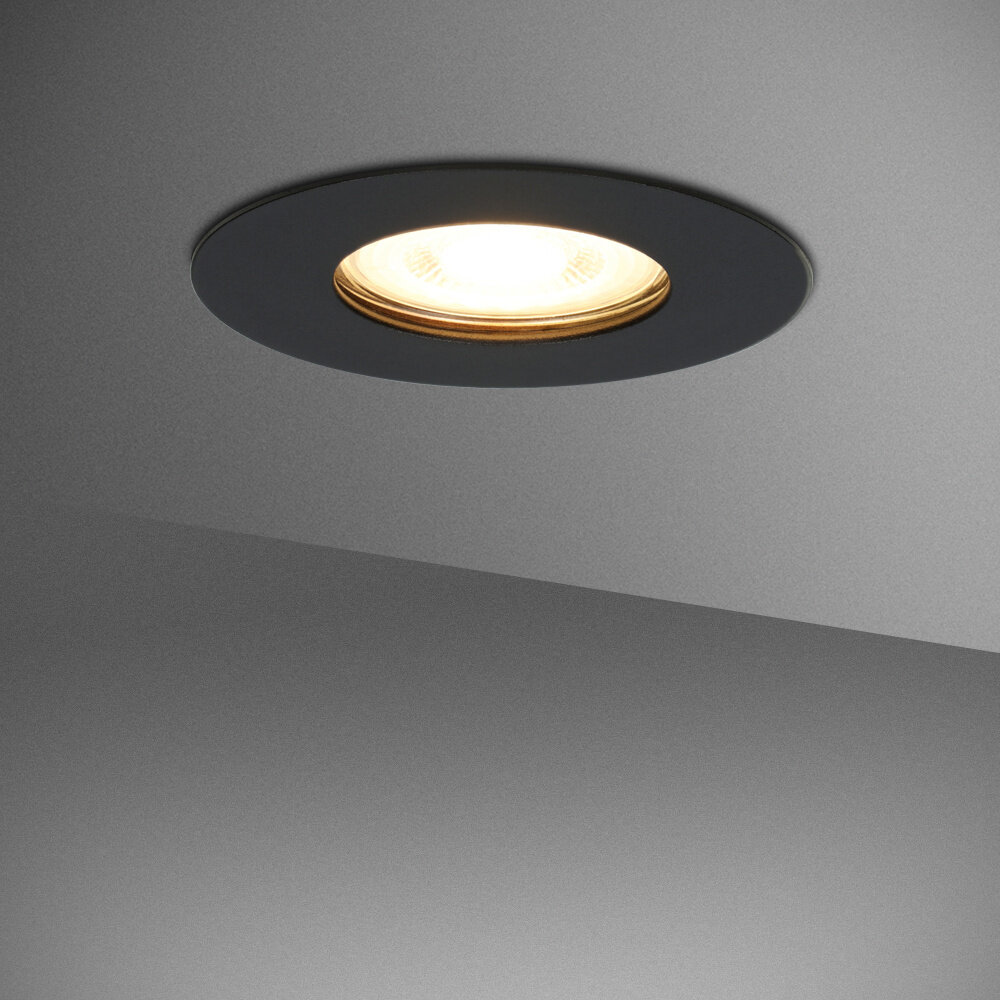
LED light therapy is a non-invasive treatment that utilizes various wavelengths of light to treat acne and other skin conditions. The procedure involves the use of a device that emits specific wavelengths of light to the skin, which penetrates the skin’s surface and targets the bacteria that cause acne. The device emits blue light, which has been proven to kill acne-causing bacteria, and red light, which reduces inflammation and promotes healing. The treatment is painless and requires no downtime, making it an excellent option for those with busy lifestyles. The LED light therapy procedure is a safe and effective way to treat acne. The treatment is suitable for all skin types, and there are no known side effects. The procedure typically takes around 15 to 30 minutes, and patients can resume their daily activities immediately afterward. LED light therapy can be used as a standalone treatment or in combination with other acne treatments, such as topical creams or oral medications. Overall, LED light therapy is an excellent option for those looking to reduce the appearance of acne and improve their overall skin health.
The treatment process of LED light therapy for acne involves the use of a device that emits specific wavelengths of light that penetrate deep into the skin to kill acne-causing bacteria and reduce inflammation. Typically, the therapy is administered in a series of sessions that can last anywhere from 10 to 30 minutes. During the treatment, patients are required to wear special goggles that protect their eyes from the bright LED lights. These goggles not only shield the eyes but also help to focus the light on the affected areas of the face. The use of goggles is crucial in ensuring the safety and effectiveness of the treatment. Overall, LED light therapy for acne is a safe and effective treatment option that offers numerous benefits for individuals struggling with acne.
The typical treatment time and frequency for LED light therapy for acne may vary depending on the severity of the condition and the type of device being used. Generally, sessions can last between 15 to 30 minutes and can be scheduled for 2 to 3 times a week for several weeks. It’s important to note that consistent and regular treatment is essential for optimal results. Patients may notice improvements in their acne after just a few sessions, but it may take several weeks or months to achieve significant and long-lasting results. It’s recommended to consult with a healthcare professional to determine the best treatment plan for your specific skin condition.
During the LED light therapy treatment for acne, patients can expect to feel relaxed and comfortable. The treatment usually takes around 20-30 minutes, during which the patient will be asked to wear protective eyewear to shield their eyes from the bright light. The LED light will be directed towards the affected areas of the skin, where it will penetrate deeply to stimulate collagen production, reduce inflammation, and kill bacteria. After the treatment, patients may experience some redness and sensitivity in the treated areas, but this should subside within a few hours. Over the next few weeks, patients may notice a significant improvement in their acne, with reduced inflammation and fewer breakouts. With continued treatment, patients can expect to achieve clearer, smoother, and more radiant skin.
LED light therapy for acne has been proven to be an effective alternative to traditional acne treatments. This non-invasive procedure works by utilizing specific wavelengths of light to target the bacteria responsible for causing acne, reducing inflammation, and promoting the growth of new skin cells. The benefits of LED light therapy include reducing the number and severity of acne breakouts, improving skin texture and tone, and reducing the appearance of scars and redness associated with acne. Additionally, LED light therapy is safe for all skin types and can be used in conjunction with other acne treatments for even better results. Overall, LED light therapy is a highly effective and beneficial treatment option for those struggling with acne.
While LED light therapy is a promising treatment option for acne, it’s important to remember that everyone’s skin is unique and may require different forms of treatment. Consulting with a dermatologist or licensed skincare professional can provide personalized recommendations that take into account your individual skin concerns, medical history, and lifestyle factors. They can help determine if LED light therapy is the best course of action for your acne and how to incorporate it into a comprehensive skincare routine. Additionally, they can recommend other treatments or adjustments to your skincare regimen that may enhance the effectiveness of LED light therapy. Overall, seeking the guidance of a professional can help ensure that you are getting the most effective and safe treatment options for your specific skin concerns.
Conclusion
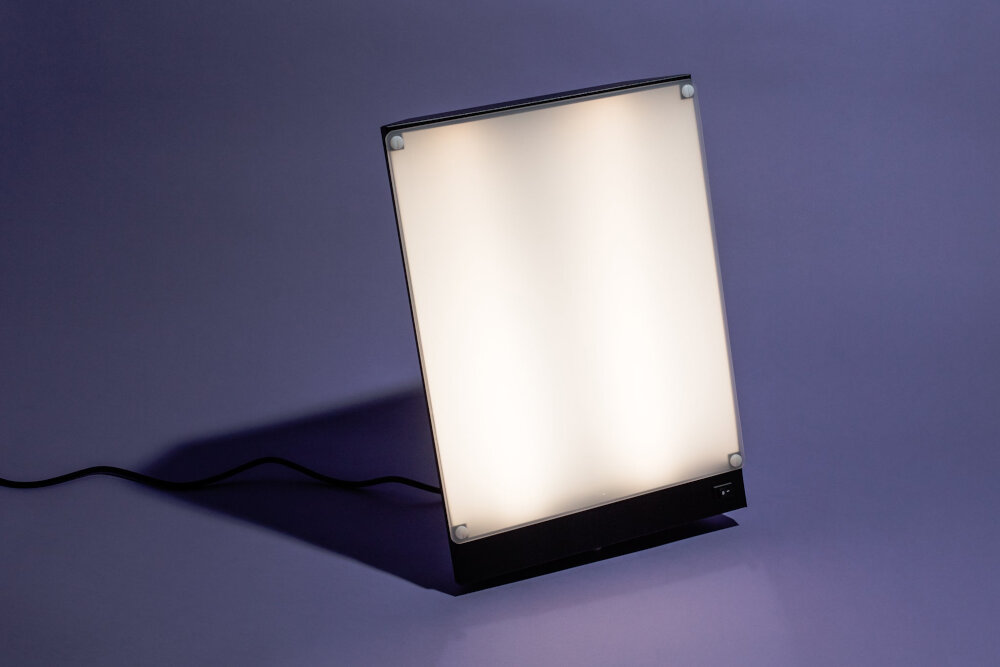
In conclusion, LED light therapy has shown promising results in treating acne. Its non-invasive nature and lack of side effects make it a safe and effective alternative to traditional treatments. The therapy works by targeting the bacteria responsible for causing acne and reducing inflammation. While results may vary, LED light therapy offers a potential solution for those struggling with acne. As with any treatment, it is important to consult with a healthcare professional before starting LED light therapy to determine if it is right for you.

